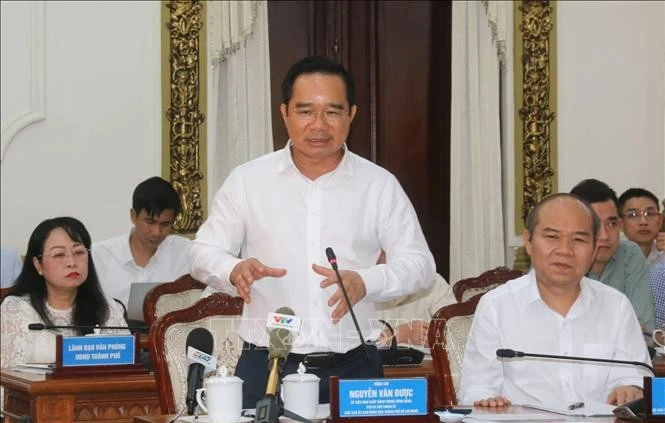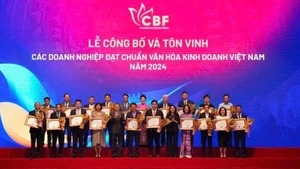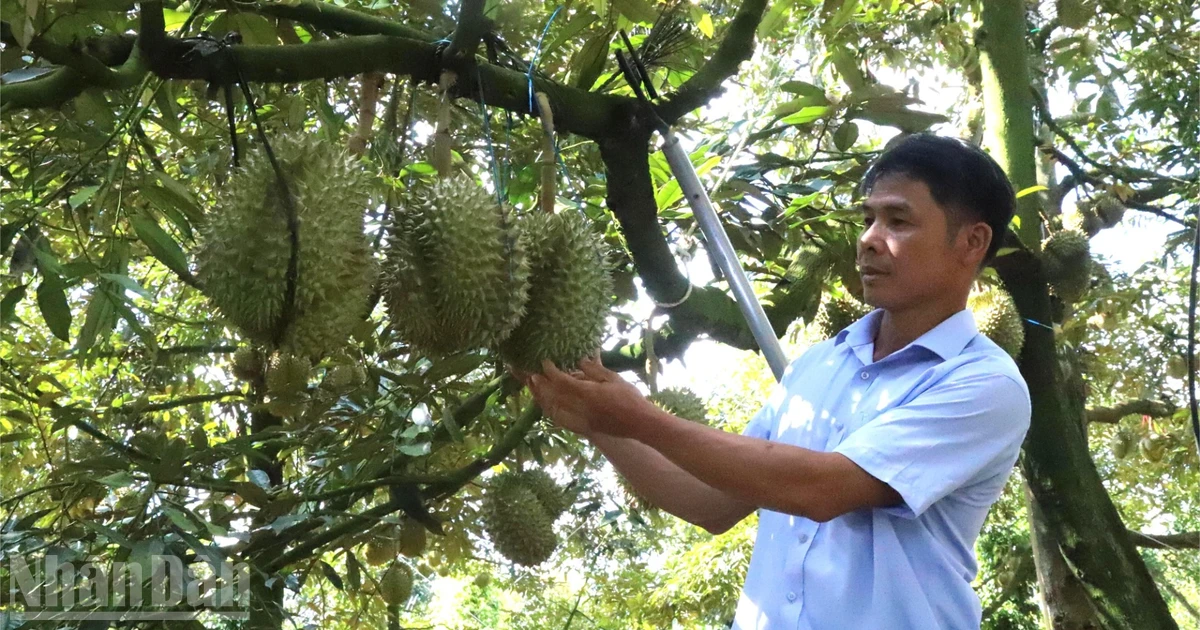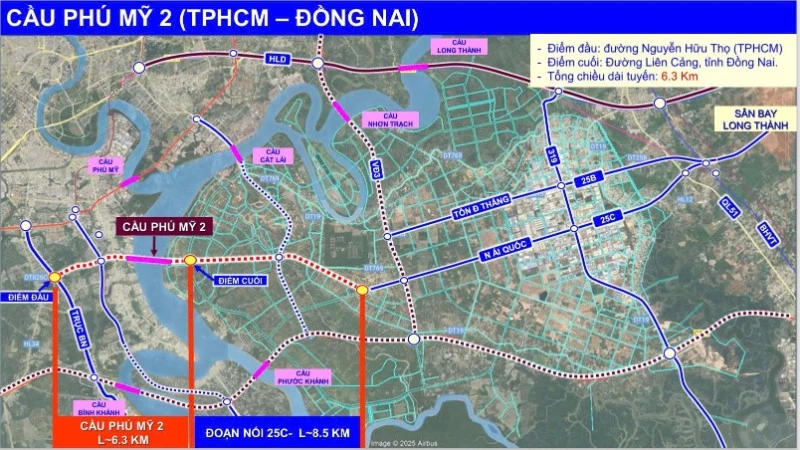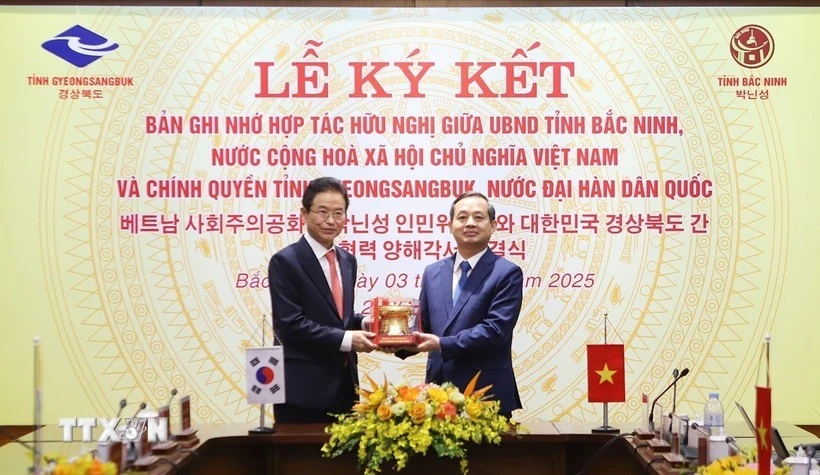According to the Red River Delta Regional Coordinating Council, since early 2025, localities in the region have achieved positive results in economic growth, state budget revenue, foreign direct investment attraction, and tourism services. Notably, the region’s export turnover ranks among the highest nationwide.
According to the Ministry of Finance, in the first 10 months of the year, the country’s total import–export turnover reached 762.44 billion USD, up 17.4%, bringing the trade surplus to 19.56 billion USD. Among these, several Red River Delta provinces recorded high export growth, such as: Bac Ninh, exceeding 77 billion USD, up 32% year on year; Hai Phong, reaching 33.37 billion USD, up 18.6%; Ninh Binh, with more than 21 billion USD; and Hung Yen, estimated at nearly 10 billion USD.
According to statistical data, Bac Ninh’s export turnover in the first 10 months of 2025 exceeded 77 billion USD, up 32% compared to the same period last year, with a trade surplus of nearly 5 billion USD. The province has consistently maintained its position among the national leaders in import–export turnover since August 2025. Recently, Bac Ninh’s exports have been very strong, with some months reaching nearly 10 billion USD, making it one of the top contributing localities nationwide, second only to Ho Chi Minh City. After the provincial merger, Bac Ninh’s industrial production and trade activities experienced strong breakthroughs.
Key industrial products saw sharp increases compared to the same period, such as computer components, peripheral devices, laptops, iPads, and smartphones. As a hub for the production and export of high-tech industrial goods, the province has strong advantages to rapidly expand the export scale, especially as FDI inflows continue to choose Bac Ninh as a manufacturing base. Since the beginning of the year, the province has attracted around 16.2 billion USD in investment, ranking second nationwide. Export value increased thanks to major product groups produced by FDI enterprises, such as computers, electronic products, phones, and components.
Despite global economic fluctuations, Ninh Binh’s export activities have remained encouraging. The province’s total export turnover since the beginning of the year has exceeded 21 billion USD, ranking 8th nationwide. To achieve this result, from the start of the year, the Department of Industry and Trade has focused on consolidating, expanding, and diversifying export markets; advising the provincial People’s Committee to decentralise the authority to issue Certificates of Origin (C/Os); and implementing training programmes to support enterprises in certification and self-certification of origin.
In July and August, immediately after the provincial merger, the Department of Industry and Trade received and issued more than 1,200 sets of C/Os to markets around the world. The department also advised the provincial People’s Committee to issue a decision on decentralising the authority to issue C/Os and approve in writing traders’ self-certification of origin for export goods, a timely step enabling enterprises to be more proactive in export operations.
Another highlight is the administrative reform effort of Ninh Binh Customs. All procedures have been digitised and handled electronically, shortening clearance times and reducing business costs. Many enterprises highly appreciate these efforts, considering them a crucial factor in maintaining growth momentum during challenging times. In Hung Yen, following the provincial merger, export turnover in the first 10 months is estimated at nearly 10 billion USD.
This figure reflects business resilience and demonstrates that the local economy’s internal foundation is increasingly robust, affirming its position through proactive innovation, technological investment, and improved product quality. One of Hung Yen’s measures to boost exports lies in administrative reform, especially in customs procedures, identified as a key link in the export chain.
The customs sector is promoting digital customs and smart customs models, applying artificial intelligence, blockchain, and big data to help enterprises save time on clearance procedures, reduce financial and labour costs, and improve production and business efficiency. The industry and trade sector continues to act as the focal point supporting enterprises through activities such as boosting communication and training on FTAs; promoting trade activities; facilitating domestic and international business connections; implementing 100% online public services for C/O issuance; and coordinating global market forecasts to help enterprises proactively develop appropriate production and business plans.
According to economic experts, with a growth rate of 16.2% in the first 10 months of the year and four consecutive months of export turnover exceeding 42 billion USD per month, annual export growth may far exceed the target of 12%. However, to achieve this goal, ministries, sectors, localities, and the business community, including Red River Delta localities, need to make even greater efforts from now until the end of the year.
Accordingly, in addition to continuing to reform administrative procedures related to import–export activities, competent agencies need to be more proactive in providing information, market consulting, and trade promotion; intensifying industrial promotion activities; and connecting exporters, importers, and distributors in target markets to support product and brand promotion.
In addition, relevant agencies must continue strengthening connections between domestic enterprises and foreign-invested firms, promoting domestic enterprises’ participation in supply chains of foreign-invested corporations; and implementing large-scale, in-depth trade promotion programmes tailored to each product sector in key markets such as the EU, the US, China, Japan, the Republic of Korea, ASEAN, India, the Middle East, Africa, and Latin America.





